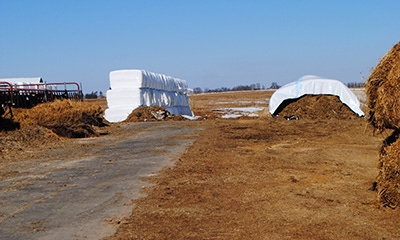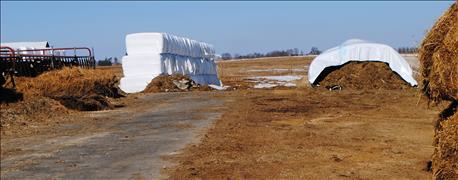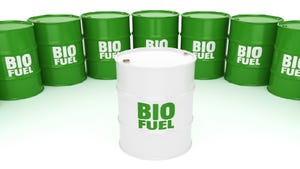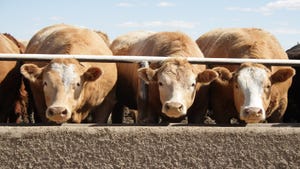January 26, 2016

Chances are you’re not thinking about forage testing in January or February but maybe you should be.

With accurate forage quality results, you can assess your current feeding program and make any necessary changes.
Cattle producers know best that feed costs are the single largest expense in a cow-calf operation. In a study by Kansas State University, it was estimated that feed costs accounted for approximately 50% of total production costs on cow-calf operations. As a producer, you need to develop a feeding program that not only ensures each animal is consuming sufficient nutrients but that it is also cost-effective to your operation. Since hay is the preferred feed of choice for cattle in winter, and judging hay on appearance alone can be misleading, you should have your hay tested to guarantee quality.
Many producers may have tested their forages before the start of winter, but if storage conditions were less than ideal, then those reports may no longer be accurate. Hay storage may contribute to losses in both dry matter and forage quality. When hay is stored at moisture levels above 20%, even barn stored hay can lose significant quality - primarily due to spoilage and weathering. Dry matter loss in hay due to poor storage can range from 4%-50%; take into account poor feeder design and you can add an additional 5%-50% dry matter loss on top of that.
Mother Nature is hardly predictable when it comes to winter snow accumulations, but we can safely say that on average January and February bring the coldest temperatures of the year. In the Midwest, the critical temperature for cattle with a dry, heavy winter coat is 18oF. Energy requirements increase 1% for every 1 degree drop below that critical temperature. Heavy wind chills and a wet winter can increase demands even more. If you are only providing medium quality hay, it may not be keeping up with the nutrient needs of your cows in late gestation. If you notice cows losing condition during this time, you should refer to your forage test results and reevaluate your feeding plan. If you didn’t have your forages tested prior to winter, now would be an ideal time. It is a relatively simple procedure and an imperative to any nutrition program. The following steps will guide you in taking an accurate forage sample.
Ensure when collecting samples that you are sampling similar lots of hay – which consists of the same variety, field, cutting, and maturity. Combining samples from various lots of hay will provide you with inaccurate forage quality results. Sampling should be done at random and should be representative of the entire lot. Round bales should be sampled perpendicular to the circumference. Small square bales should be sampled from the end of the bales in the center. Samples should be collected using a coring tool. If you do not own one you should be able to borrow one from your local extension office. Collect at minimum 20 cores and combine into a clean bucket, mix thoroughly, and fill approximately 1 pound in a clean plastic bag. Label each sample so that you can properly identify it when you receive the results. Send samples to a lab that has been certified by the National Forage Testing Association certification program. Sampling separate lots allows you to match the available forages to the nutritional needs of groups of animals in your herd.
With accurate forage quality results, you can assess your current feeding program and make any necessary changes. It is recommended that you work with your nutritionist or extension agent to make sure that your feeding program is adequate. Even with current high returns, economically feeding your animals is a way to ensure sustainable profits into the future.
Ely is the Walworth County Extension agriculture educator.
You May Also Like




